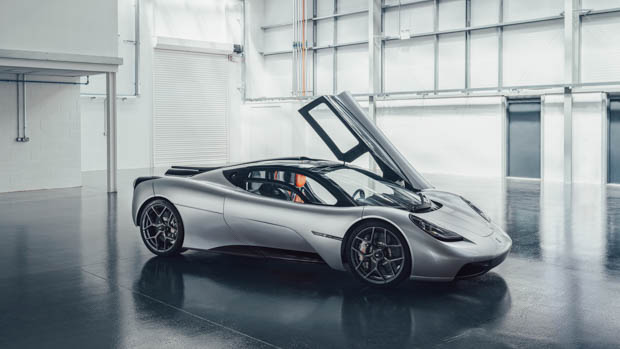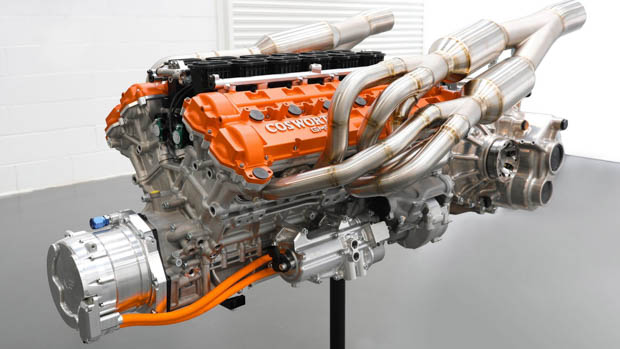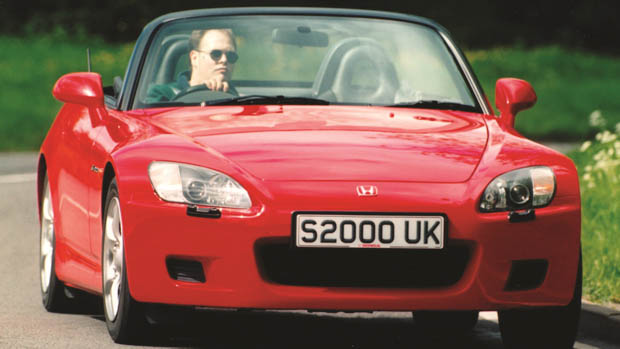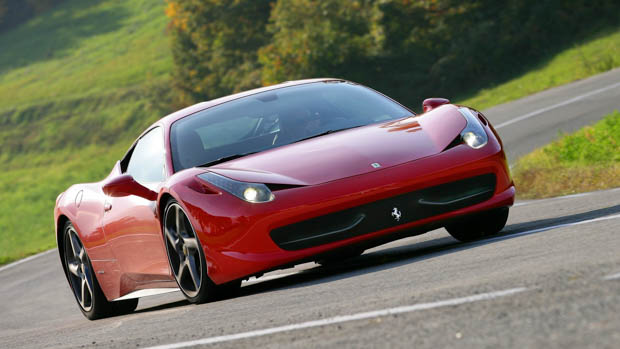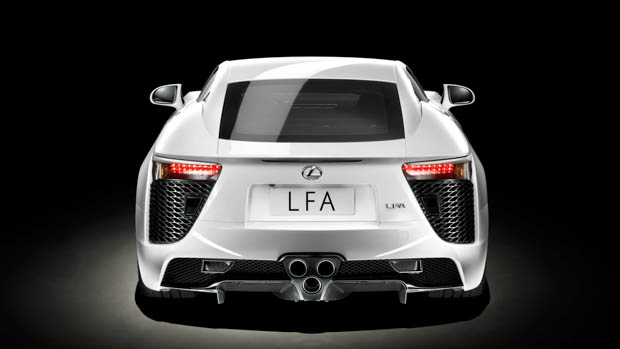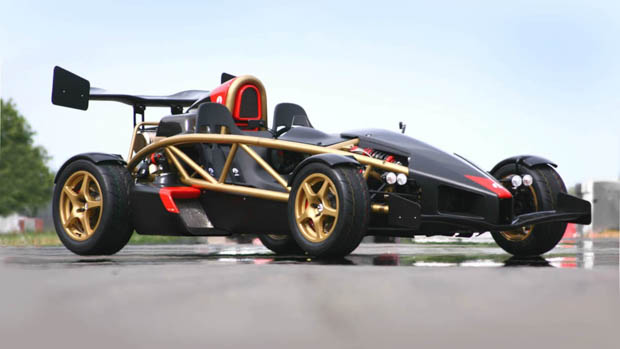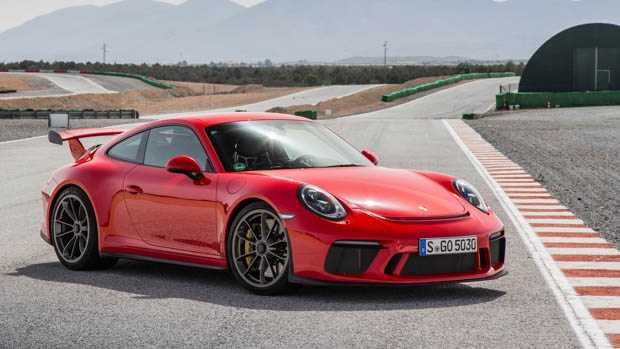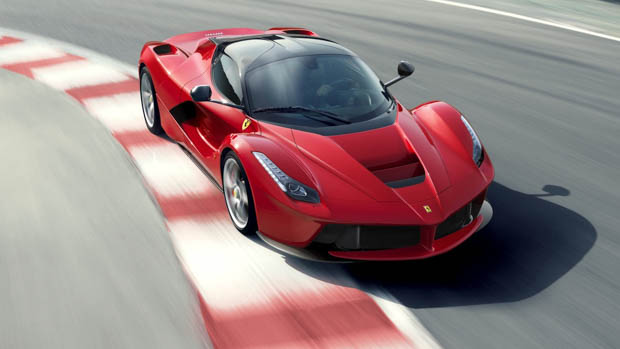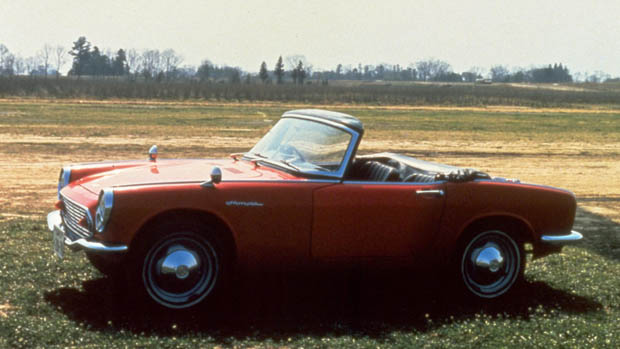-
Car Reviews
- All reviews
- Midsize SUVs
- Small cars
- Utes
- Small SUVs
- Large SUVs
- Large cars
- Sports SUVs
- Sports cars
- Vans
Latest reviews
- Car News
-
Car Comparisons
Latest comparisons
- Chasing Deals
With the debut of Gordon Murray’s 12,000rpm T50 supercar just around the corner, we take a trip down memory lane to reflect on some of the highest revving cars of all time
There is no better feeling for a petrolhead than revving a car out to the redline before landing a perfect upshift. It’s a visceral, immersive experience – a way to truly hear each and every sound that an engine makes as it heads toward the rev limit.
That feeling is exactly what Gordon Murray dreamed of way back when the McLaren F1 was nothing but ideas on a page. Since then, he has developed not just the F1 on behalf of McLaren, but now a brand new GMA-badged supercar to give the best of the best a run for their money.
Enter the GMA T50, a three-seat supercar with a high performance V12 planted in the back. Developed and built by renowned engine house Cosworth, the V12 will rev to a spine tingling 12,100rpm and develop its peak power of 484kW at 11,500rpm. It’s a 3.9-litre unit that will not only be super powerful but also super lightweight to match the ethos of the brand. It’s one of the lightest V12s ever at just 178kg.
GMA built a test mule of the T50 to help further develop this powertrain, eventually adjusting the rev limit higher and higher until the peak limit was reached. GMA recently released a video of the sound and it is nothing short of incredible. The vocal power of the V12 needs to be heard.
The T50 will make its public debut at the Goodwood Members Meeting and will do its first laps of the track to celebrate. A static example of the higher powered T50S Nikki Lauda will also be on display.
To celebrate what will arguably be one of the greatest, higher revving engines of all time, let’s look back on some of the highlights from the past.
The early AP1 generation of Honda’s sweet drop top sports car had a very healthy rev limit. The 2.0-litre F20C engine could rev all the way up to 8,800rpm (with a 9000rpm cutout) and made quite the racket while doing so, all thanks to VTEC. The engine had the highest specific output per litre of any car until the introduction of the Ferrari 458 – which brings us to our next car.
The Ferrari 458 used a 4.5-litre flat-plane crank V8 engine that could rev to a peak of 9000rpm. The engine produced 419kW in standard form and was closely related to the V8 used in several Maseratis at the time. The only difference was that the Maserati engines were cross-plane crank iterations, creating a more thumping, off-beat exhaust note.
The LFA featured an exclusive high revving V10 engine that was developed in partnership with Yamaha. Like their pianos, they certainly got the sound right with this particular engine, which created a shrieking crescendo to a 9000rpm redline. Sound engineers wanted the engine to have the sound of a Formula 1 car. For many car enthusiasts, this engine is among the greatest ever created.
While nowhere near as common as the rest of the models in this lineup, the Ariel Atom 500 had one of the highest rev limits of any car on sale. A V8 engine developed from two Hayabusa motorbike engines helped create a ballistic, high revving concoction that had a ceiling of 10,500rpm. Only 25 were produced.
There are few cars that sound as good as a flat-six 911 at full song. The 991 generation brought the rev limiter right up to 9000rpm so owners could hear all that German engineering goodness and charismatic ‘howl’ of a boxer orientated engine.
Would it truly be a Ferrari without a V12 engine? The one found in the LaFerrari is a beauty, merging electrification with pure combustion. The result? A 6.3-litre powertrain that revs to 9000rpm while making the coolest noise possible in the process. It’s cars like these that make us sad that large internal combustion engines will eventually be no more.
You might think that high revving engines are reserved for modern motorcycles or supercars, but in fact Honda was building sky high four cylinder engines way back in the 1960’s. Honda’s first convertible, the S500, featured a dual overhead cam engine that could rev to 9500rpm (way back then!). The engine was only 531cc but certainly packed a punch for its time.
Latest news
About Chasing cars
Chasing Cars reviews are 100% independent.
Because we are powered by Budget Direct Insurance, we don’t receive advertising or sales revenue from car manufacturers.
We’re truly independent – giving you Australia’s best car reviews.
